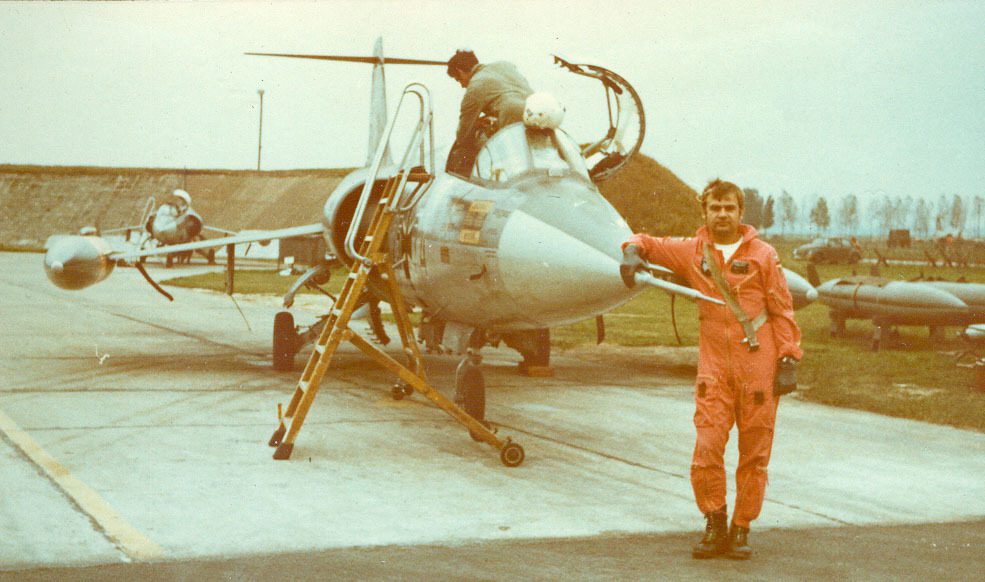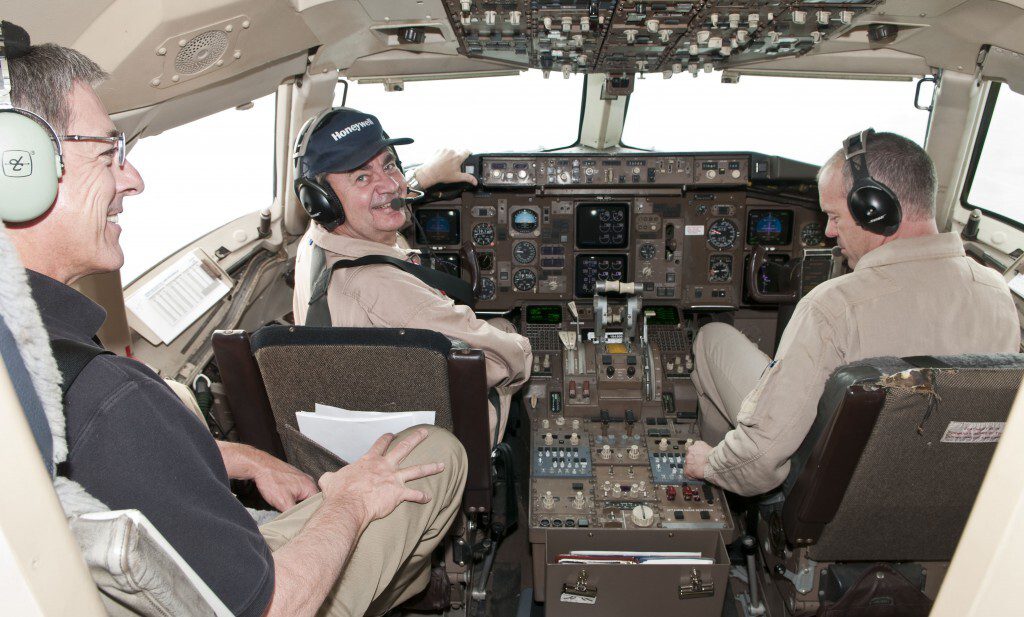
One of the highlights of the biennial Twin Commander owner/operator conference known as the Twin Commander University is sitting in on “Flying the Engine,” a four-hour-long seminar on best practices for operating the Honeywell TPE331 engines that power all turboprop-model Twin Commanders. “Flying the Engine” covers anything and everything you ever wanted to know about recommended procedures and techniques for getting optimum performance and reliability from the Commander’s engines. The seminar is delivered in thorough, meticulous detail by Helmuth Eggeling, Honeywell’s Pilot Advisor for the TPE331 series of engines. Eggeling evokes a level of knowledge you’d expect from a propulsion engineer — which he is not. Instead, this cordial, soft-spoken man is an accomplished pilot whose resumé includes a stint in the cockpit of one of the most fearsome jets ever produced — Lockheed’s supersonic interceptor, the F-104G Starfighter.
The Starfighter was designed by Lockheed’s Kelly Johnson to be a simple, light, high-performance successor to the F-100 — a minimalist airframe wrapped around a big GE J79 engine. The tiny, thin, trapezoidal-shaped wings gave it extremely high wing loading, which resulted in high takeoff, landing, and stall speeds. The J79 engine produced 10,000 pounds of thrust at military power and more than 15,000 pounds with afterburner, which gave it a thrust-to-weight ratio of .54 at the maximum takeoff weight of 29,000 pounds.

Those stubby little wings also allowed for very high cruise speeds. “Normal low-level speed at 800 feet above the ground was 450 knots,” Eggeling recalls, “and the top speed I ever flew it was Mach 2.05.”
Cruise speed at FL360 was between Mach 0.92 – 0.96, according to Eggeling, and with two tip and two pylon tanks in addition to internal fuel, endurance was about 1 hour 50 minutes, plus minimum reserve. With internal fuel only, endurance was an eye-popping 20 minutes when flying at Mach 2.
As a young pilot with the German Luftwaffe, Eggeling logged nearly 1,000 hours in the Starfighter, which the Germans nicknamed “The Widowmaker” because of its rather poor safety record.
Decimomannu Air Base, on the Italian island of Sardinia, was the Tactical Training Center for the German Air Force during the Cold War. Twice a year Eggeling spent two or three weeks flying the F-104G at “Deci” participating in conventional and nuclear training exercises.
Eggeling trained with the U.S. Air Force at Willie Air Force Base east of Phoenix to transition into the F-104. Eggeling says that while he was at Willie he fell in love with his soon-to-be wife, and also with the United States. The couple married, and after Eggeling’s USAF training was finished they returned to Germany.
In 1972, after four years flying the F-104, Eggeling’s Luftwaffe service ended, and the couple moved back to the U.S. Eggeling earned his FAA pilot credentials and found work flight instructing in a Cessna 150. Next came a typically varied resumé of jobs for a young pilot on his way up — a stint flying Metroliners and Convair 440s for Cochise Airlines in Tucson, more instructing and a charter pilot in a Shrike and Grand Commander.
In 1990 Eggeling was hired by Allied-Signal (which later merged with Honeywell) in Phoenix as Pilot Advisor on the TPE331 series, and a variety of turbofan engines. Honeywell describes the Pilot Advisor role as “passing on the operational procedures and techniques that…experience has demonstrated as safe, practical, and in the best interest of overall engine performance and cost effectiveness. This communication process involves liaison with the various engineering disciplines within Honeywell, aircraft manufacturers and their associated training organizations and, most importantly, with the aviation community of owners, operators, and crew members who directly utilize Honeywell’s propulsion engines. For many years, Honeywell has offered the services of Pilot Advisors to work with owner/operators, aircraft manufacturers, service centers and training organizations.”

Over the years Eggeling was given additional Pilot Advisor responsibilities, and eventually was covering the full product line of turboprop and turbofan engines. When he was hired there were three active Pilot Advisors on staff. Today, Eggeling handles the task alone.
Even with those increased responsibilities, Eggeling’s principle job at Honeywell has been piloting the company’s engine-testbed aircraft — first a Falcon 20, followed by a Boeing 720 and, most recently, a Boeing 757. The 757 is modified with the addition of a forward-fuselage-mounted engine pylon to which Honeywell developmental engines are attached for testing under flight conditions.
Every two years Eggeling brings that broad piloting and engine operation experience and knowledge to the Twin Commander University to talk to owners and operators about best practices when flying TPE331-powered Twin Commanders.
Eggeling will be a featured speaker at the Spring 2015 Twin Commander University in Savannah, Georgia.
